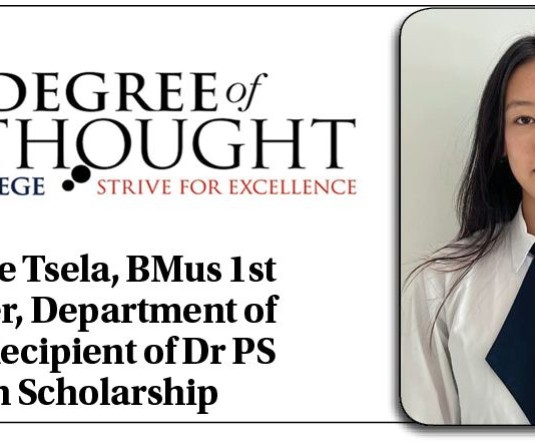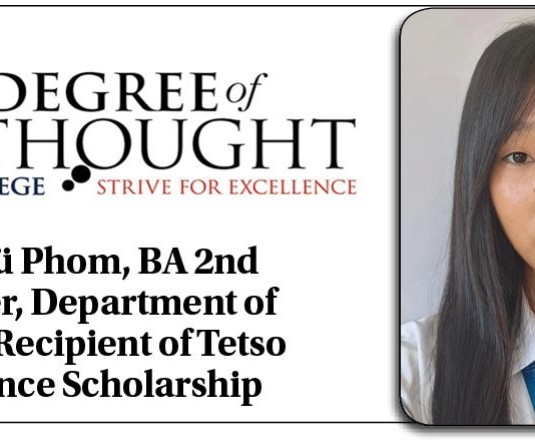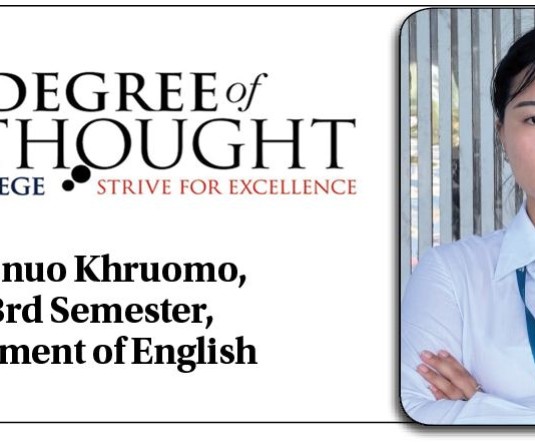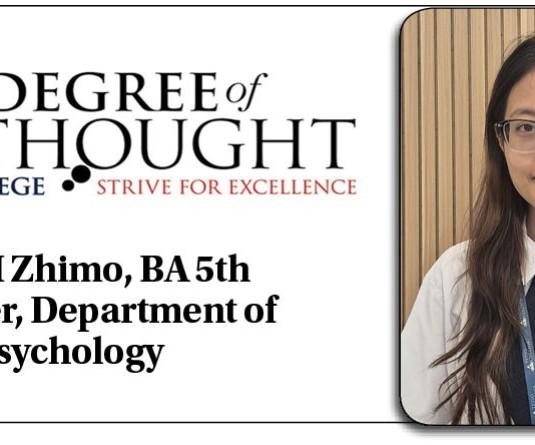
Art has been an integral part of human civilization for millennia, serving as a means of expression, communication, and reflection of culture and society. From ancient cave paintings to contemporary digital installations, art encompasses a vast array of forms, styles, and purposes. Art is like a breath of fresh air, bringing new ideas and emotions to life. Whether it's a painting, a song, or a sculpture, each piece is a unique expression of human imagination and creativity. Through art, we can share our stories, connect with others, and explore new ways of seeing the world. Moreover, art has the power to evoke empathy and foster understanding across cultural, geographical, and linguistic barriers. Through art, individuals gain insight into the lives and perspectives of others, fostering a sense of interconnectedness and empathy. Artists are always pushing boundaries, trying new things, and challenging the status quo. They inspire us to think differently and see things in fresh ways. Art invites us to pause, reflect, and appreciate the beauty and diversity of human expression.
Creating quick gestures in ink helps me to focus on the process rather than the finished result. A gestural approach to art has a lot to do with emotions and allows me to draw more instinctively. Sketching in this casual way gives me a space where I can investigate the subject matter out of curiosity and without any expectations as to how the finished sketch should look.
Responding with a simple line to an impulse that initially got me interested in the subject is one of the most enjoyable aspects of sketching for me. Satisfying the initial curiosity in an open minded, free way by just sketching expressively without following certain previously learned rules is something that is often called “loosening up”.
By putting a line on my paper I feel I am both describing the division between me and the drawing subject, and connecting with it.
The choice of ink adds restrictions. The permanent character of ink makes me consider each decision carefully, knowing I will not be able to erase it. Interestingly, I found out I make fewer mistakes when sketching with ink, than when I use easily correctable tools like pencil or charcoal.
Sketching in this casual way lets my hand and mind get lost in the abstract world of shapes and angles, rather than think in an intellectual way about my composition. And dynamic, expressive lines communicate more information, and like movement, emotion. It can also create focal interest and bring the viewer’s attention to one particular part of the sketch.
One way to keep the line interesting and lively is to try different ways of holding the pen and originating your movement from your elbow or shoulder. That way the energy comes from your body, and the sketch marks are more fluid and organic looking. Varying the pressure of the pen and the shape and direction of marks adds unique irregularity to the final image.
Sketching has the power to make people more expressive. It is well known that the expression of some people can’t always take place by the use of words and actions only. Therefore, sketching can serve as an important form of communication for people.
It is possible to gain insight into the thoughts and feelings of people through their drawings. Moreover, this can happen, design, style, and theme of the drawing. One good advantage of being able to express through sketching is the boosting of one’s emotional intelligence.
Sketching enhances the motor skills of people. In fact, when children get used to sketching, their motor skills can improve from a young age. Moreover, sketching improves the hand and eye coordination of people along with fine tuning of the finger muscles.
Sketching is a great way for people to let their imaginations run wild. This is because when people draw, they tend to access their imagination from the depths of their mind and put it on paper. With continuous sketching, people’s imagination would become more active as they create things on paper that they find in their surroundings.Beyond the beautiful outcomes, I find that art is a tool which one can use to explore their inner imagination, emotions, and thoughts. It is the experience of engaging with our creativity that truly counts.
In essence, art is a testament to the boundless potential of the human spirit, a touch of fresh creativity that inspires, captivates, and transforms. It serves as a reminder of our capacity to imagine, create, and innovate, offering glimpses into worlds yet to be explored and possibilities waiting to be realized.
Art's diversity is a testament to the boundless creativity inherent in humanity, reflecting the kaleidoscope of human experiences and emotions. From traditional forms rooted in heritage to contemporary innovations pushing the boundaries of convention, each artistic expression adds depth and nuance to our collective understanding of the world.
By commending the diversity of art, we encourage everyone to appreciate all kinds of creativity. This helps ensure that every artist's voice is heard and every viewpoint is valued. This celebration builds a culture where we're open to new ideas, curious about different perspectives, and respectful of each other. Embracing art's diversity enriches our lives and expands our understanding of the world. It shows us the beauty of human expression in its many forms and reminds us how art can bring people together, inspire them, and change lives. In a world constantly in need of renewal and inspiration, art stands as a beacon of hope and a source of endless fascination, inviting us to embrace the beauty of fresh creativity in all its forms.
Degree of Thought is a weekly community column initiated by Tetso College in partnership with The Morung Express. Degree of Thought will delve into the social, cultural, political and educational issues around us. The views expressed here do not reflect the opinion of the institution. Tetso College is a NAAC Accredited UGC recognised Commerce and Arts College. The editorial team includes Chubamenla, Asst. Professor Dept. of English and Rinsit Sareo, Asst. Manager, IT, Media & Communications. For feedback or comments please email: dot@tetsocollege.org






